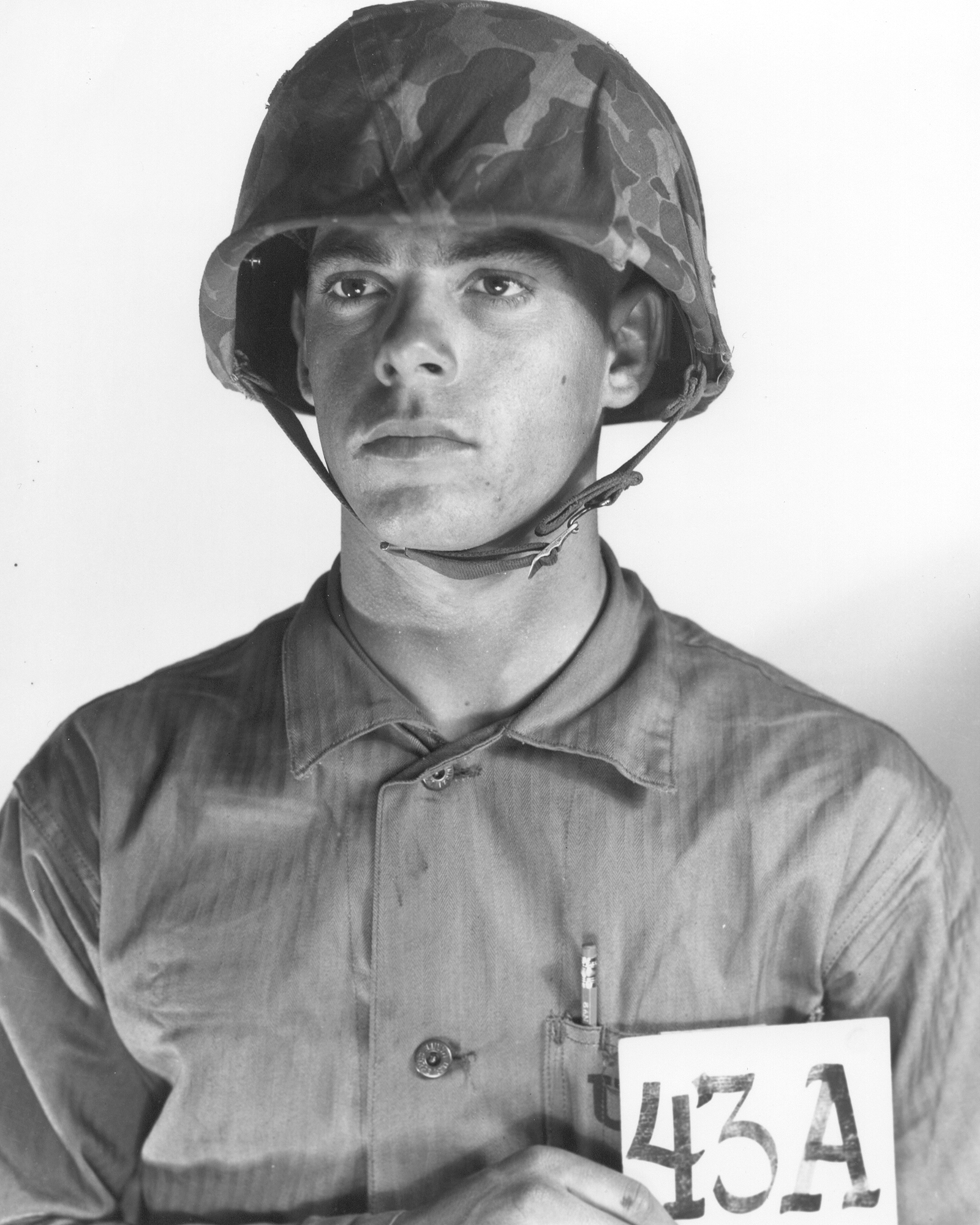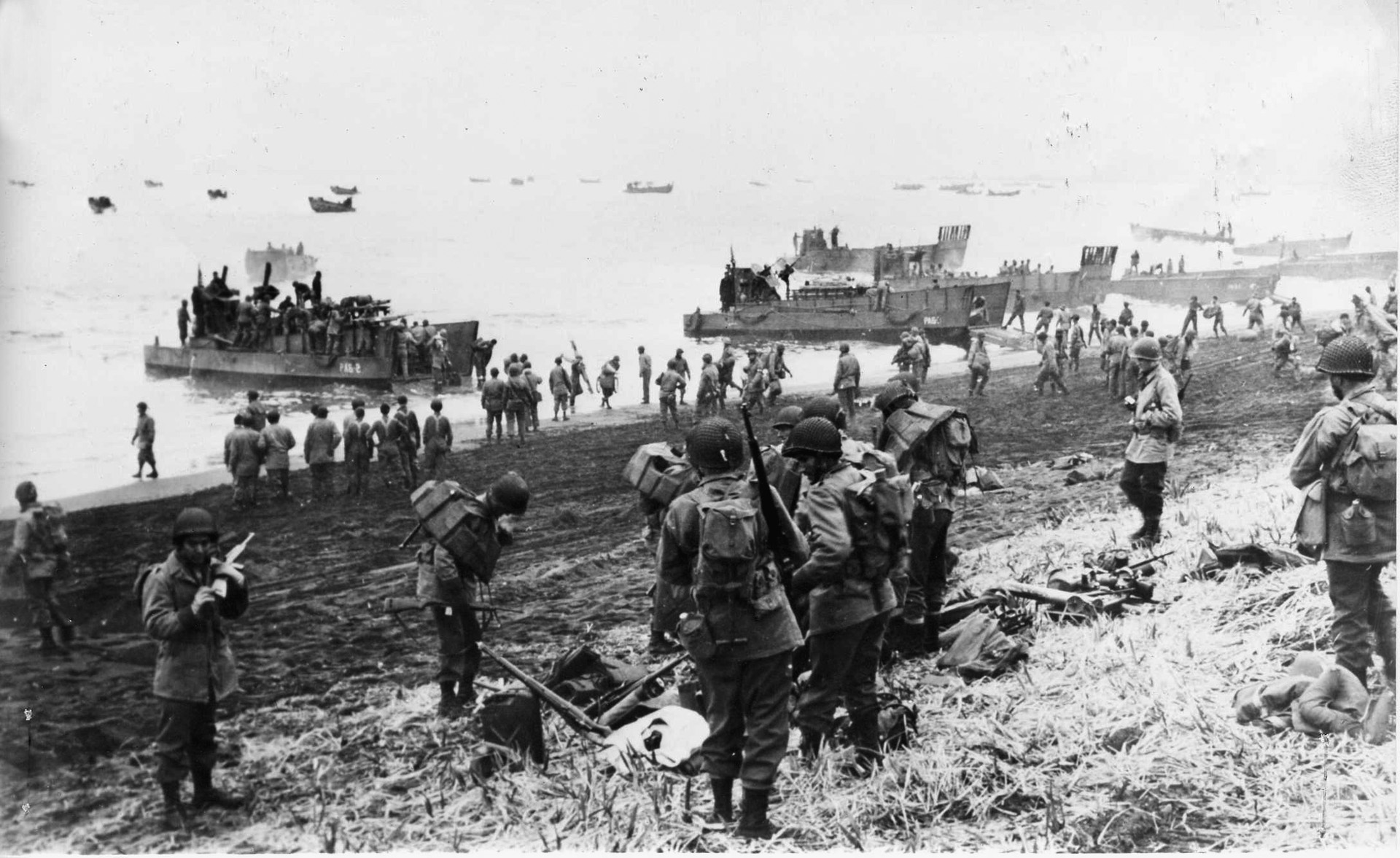The popularity of the Wild West, a period in American history spanning the latter half of the 19th century, has been a phenomenon deeply embedded in the cultural fabric of the United States. The allure of the Wild West has captivated imaginations and permeated various forms of entertainment, shaping a mythos that continues to resonate today. Even beloved television shows set in outer space still draw heavily from its influence, such as the ever-popular Firefly (2002). One key factor contributing to the popularity of this period was the westward expansion of the United States during the 1800s. As pioneers, prospectors, and settlers ventured into uncharted territories, they encountered vast new landscapes, untamed frontiers full of previously unseen wildlife, and the challenges of everyday survival. This journey westward became a symbol of rugged individualism, self-reliance, and the pursuit of a better life regardless of circumstances.
The era also saw the rise of iconic archetypes such as cowboys, outlaws, lawmen of various types, and Native American warriors, each playing a role in the unfolding drama of the Wild West. Tales of infamous gunfights, cattle rustling, and bank robberies added a layer of excitement and danger to the narrative. The most easily recognizable version of these tails is the shootout. Two men face off in a duel in the center of town. As the main road was straight through the middle of the main buildings, with open land as a backstop on both sides, it was the safest place for the two to fire at each other while minimizing risk to the townsfolk. A countdown would occur, and the two would break leather… And whomever was the faster draw tended to be the one still standing after the dust settled.
Of course, the reality is a bit different than popular culture would have you believe. These shootouts almost never happened, and if they did, you’d be hard pressed to get a single shot kill with a revolver at the distances the movies portray. On the other hand, some gunslingers were the real McCoy, so to speak, and speed was the name of their game.
Captain Johnathan R. Davis – 19 December 1854
While trekking down the American River, Captain Davis along with James McDonald and Dr. Bolivar Sparks were set upon by members of the Sydney Ducks gang. The group included a Frenchman, two Americans, two Brits, four Mexicans, and four Australians. Already having blood on their hands from mugging and killing at least ten people in the two days prior, the gang was able to fatally wound Dr. Sparks and instantly kill McDonald. Captain Davis was another matter. Dual wielding revolvers, he managed to kill seven bandits outright with quick decisive marksmanship before running dry. Four others he finished off with his bowie knife before the last two fled. The entire fight lasted only moments. He was originally said to have “faded into the sunset” after this gunfight, but records indicate that he lived a long and interesting life after the showdown, even serving in the Mexican American War.
James “Wild Bill” Hickok
The complete story of Wil Bill’s life is a mixture of self-aggrandizing lies, rumor, and actual real-life adventure. He fled Illinois as a teenager to evade the law, only to later become a lawman himself. Fighting and spying for the Union Army during the Civil War gained him not only additional skill and experience as a tracker and scout, but also brought him some fame and notoriety. To be clear, parsing fact from fiction can be difficult in this case, and he was a controversial figure at the time for exaggerating numbers of duels, men killed, and various other ‘facts’ people still associate with him.
On the other hand, Hickok’s duel with Davis Tutt is the OG turn and fire duel off of which the stereotype is based. On 21 July 1865, the pair turned and fired in the center of Springfield, Missouri, with Tutt missing completely and Hickok scoring a kill shot. Reports indicate that Tutt exclaimed “Boys, I’m killed!” before collapsing in death, which honestly sounds like a bad Nintendo translation from the 80’s of what was intended to be a colder line.
A few days later. Hickok was arrested for murder but was later acquitted when Judge Sempronius H. Boyd (yep, that’s a real name) instructed the jury that they could rule this a “fair fight”. Suffice it to say that decision was considered as controversial as Wild Bill’s fluffed history came to be.
Wyatt Earp
I would be remiss if I didn’t include the most famous gunfight in the history of the West, the Gunfight at the O.K. Corral. The Gunfight at the O.K. Corral occurred on October 26, 1881, in Tombstone, Arizona. Wyatt Earp, along with his brothers Virgil and Morgan Earp, and their friend Doc Holliday, confronted a group of outlaws known as the Cowboys, including Ike Clanton and the McLaury brothers. The confrontation stemmed from ongoing tensions between the Earps and the Cowboys, given that there were over 30 shootouts with lawmen in.
In the chaotic 30-second gunfight, Wyatt Earp played a central role. Earp, known for his calm demeanor and quick decision-making, took charge during the gunfight. The exact sequence of events is still debated among historians, but it's generally accepted that gunfire erupted, leading to the deaths of three Cowboys: Tom and Frank McLaury and Billy Clanton. Virgil Earp was wounded, and Morgan Earp was shot in the back. Wyatt was untouched during the shooting, which would later help bolster his reputation considerably.
While Earp himself is a figure whose goodness is up for some debate, and the details of the gunfight vary between parties, one thing is undeniable; the man led a fascinating life with that big iron on his hip.



%201.svg)









